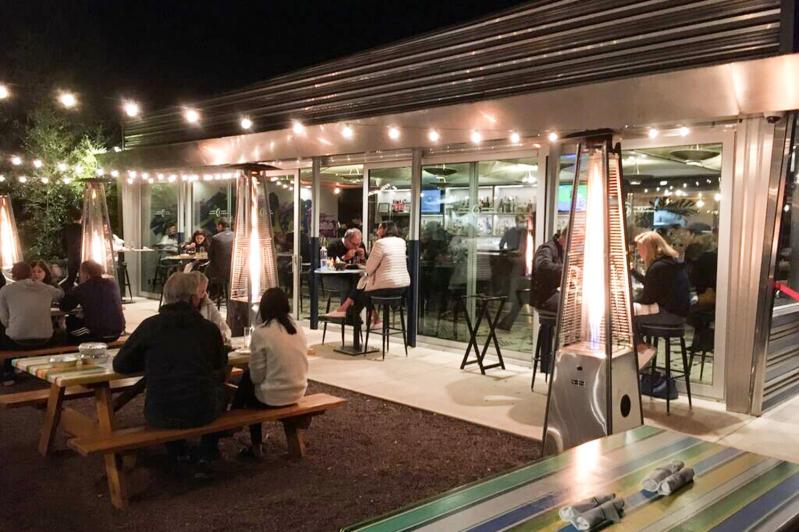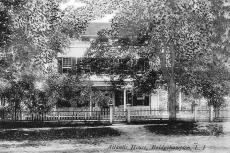A relaxation of outdoor dining rules for restaurants, put in place during the Covid-19 pandemic, could become permanent. East Hampton Town officials have been working on changes that would allow most restaurants to double their seating capacity, but with one catch: the total numbers of patrons would have to remain the same. A three-year trial period is planned.
In 2020, as summer approached and restaurateurs became increasingly desperate to salvage at least some of the season, local governments looked for ways to help. Temporary measures allowed for outdoor tables, including on sidewalks and other public property. They proved immensely popular.
East Hampton Town Board members have spent part of their last two meetings discussing how to write the changes into law and under what conditions restaurants could add the seats.
With only a handful of exceptions, any restaurant with enough room could set out a number of tables and chairs equivalent to its indoor capacity. For the very few restaurants located in residential zoning districts, the limit would be three-quarters of the indoor seating. Year-by-year permit applications from restaurant management would be handled within the Planning Department, not subject to planning or zoning board review unless structural changes are necessary.
Restaurants would be required to keep one indoor table empty for each outside one. Responsibility for making sure that rule is complied with would fall to the town Ordinance Enforcement Department, which has six officers, including Kevin Cooper, the department head. Seating plans would be subject to fire marshal approval. Requests for tents to cover outdoor dining areas would also go to the fire marshal.
Over the course of meetings on March 8 and Tuesday, the town board discussed the details of the changes with Jeremy Samuelson, the new director of the Planning Department, John Jilnicki, the town attorney, and Richard Whalen, a lawyer who has worked for the town in the past. The outdoor dining plan came with the unanimous approval of the town’s business committee, of which Mr. Whalen is a member.
Councilwoman Sylvia Overby, who worked with the business committee on the proposal, said at Tuesday’s meeting that “we are trying to get it right so we can make sure that it’s ready for prime time when everyone gets together in April and May to, hopefully, start outdoor dining.”
Current rules allow outdoor seating equivalent to up to 30 percent of a restaurant’s indoor capacity, with the identical proviso that the indoor seats remain vacant while the outdoor ones are being used.
Under the new rules, restaurants could have the same number of seats inside and out, which would be an enforcement issue, Mr. Samuelson said. “The temptation will be obvious on a beautiful Fourth of July weekend to do some business inside and do some business outside,” he commented.
Tents could turn out to be a problem as well. “The temptation to double everything up is exacerbated by having tents. Umbrellas are fine,” Ms. Overby said.
Much of the discussion centered on a two or three-year trial period for the new rules and how to clarify the town code to make their implementation effective. A date for a hearing on the new law is expected to be announced this evening.
During the earlier meeting, Peter Van Scoyoc expressed his support for extending the changes. “I think that this has been pretty widely appreciated by the restaurants and members of the public,” he said.
According to a draft of the new law, outdoor table service would not be allowed before 8 a.m. or after 11 p.m. Amplified music would have to end by 9 p.m. Restaurants could not cannibalize their existing parking nor remove certain vegetation to make room for tables. Outdoor bars would remain prohibited.
Councilwoman Kathee Burke-Gonzalez said that the town should make the changes permanent immediately and not wait for the outcome of a trial period. Ms. Overby did not agree. “We want to see what the effects are,” she said. “I don’t want to have a pre-idea of what is going to happen.”




